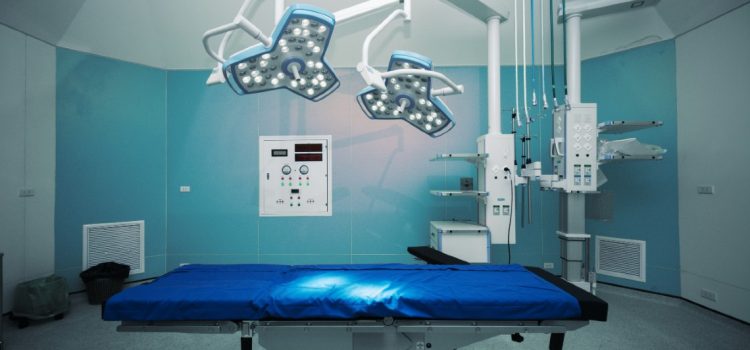Urgent message: Too often, patients first learn that they have hypertension secondary to an unrelated presenting complaint—often, in the urgent care setting. Improving adherence to treatment guidelines may improve management and, ultimately, outcomes. Jennifer Iacovo, DNP, APRN, FNP-C; Bonni Cohen, PhDc, DNP, APRN, ANP-C, FNP-C, CHFN, CNE, FAANP; and Judith Butler, DNP, CNM, WHNP, CNE Abstract Background: There are approximately 100 million adults in the U. S. with hypertension (HTN); almost half go undiagnosed. The …
Read More









